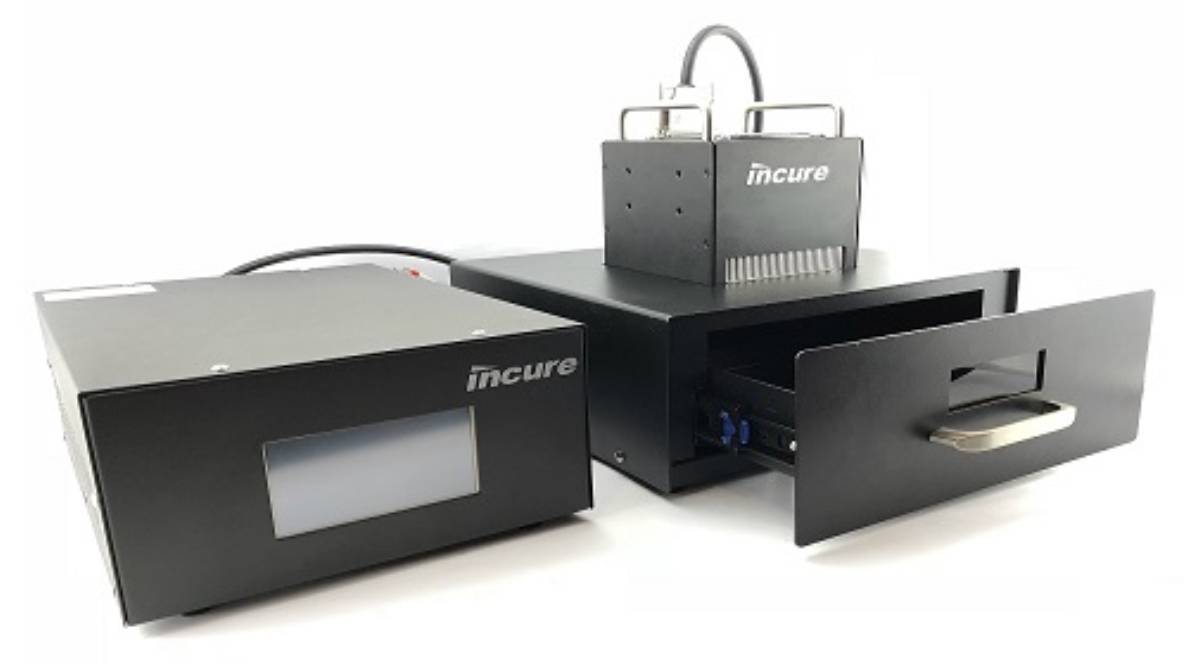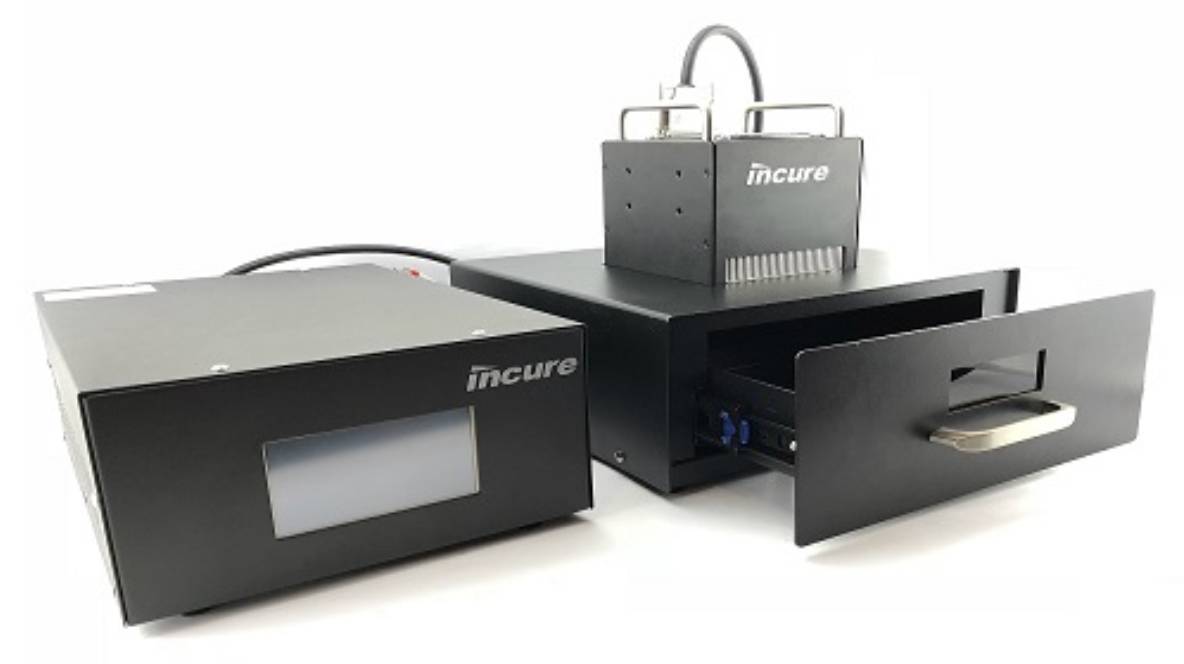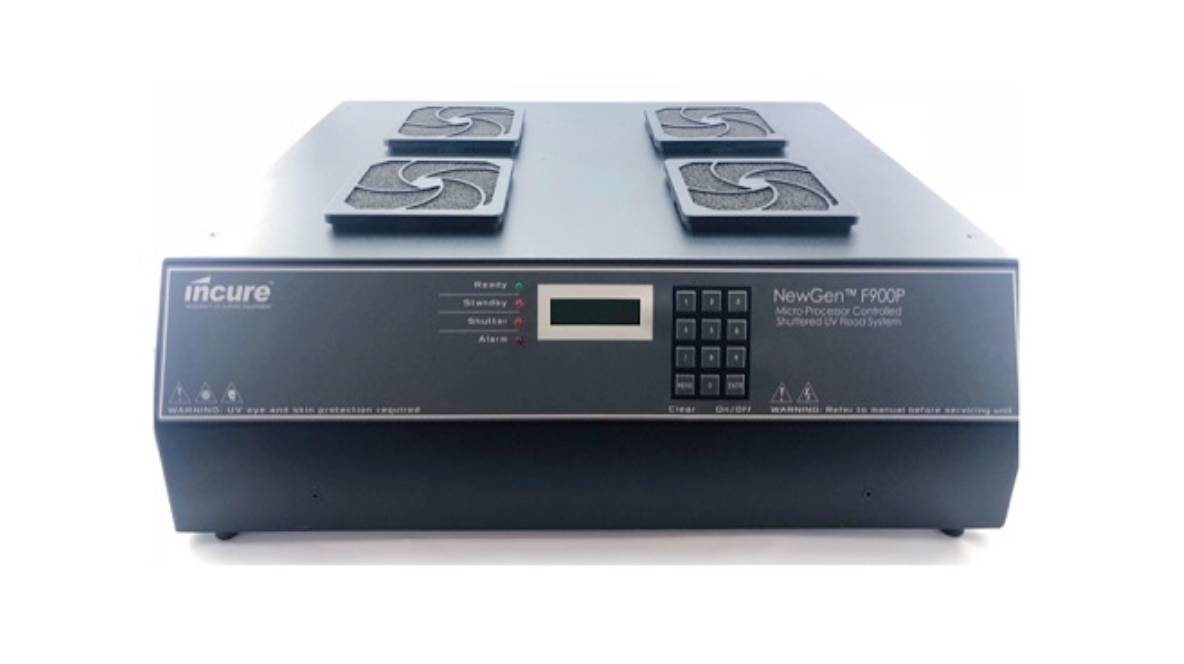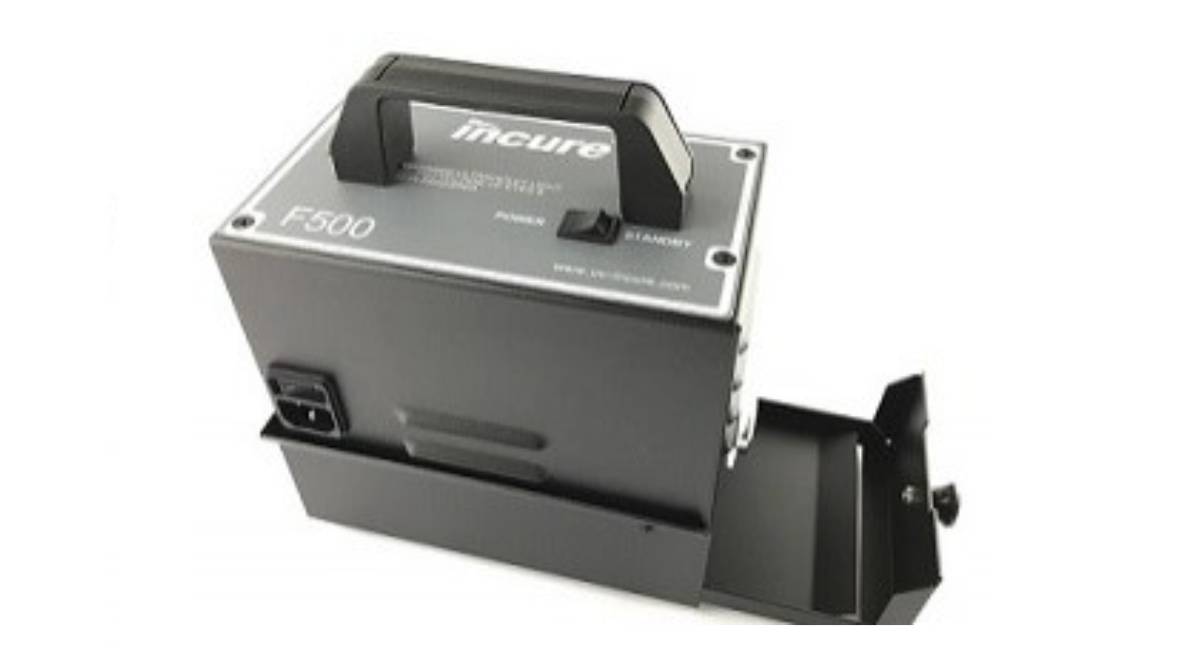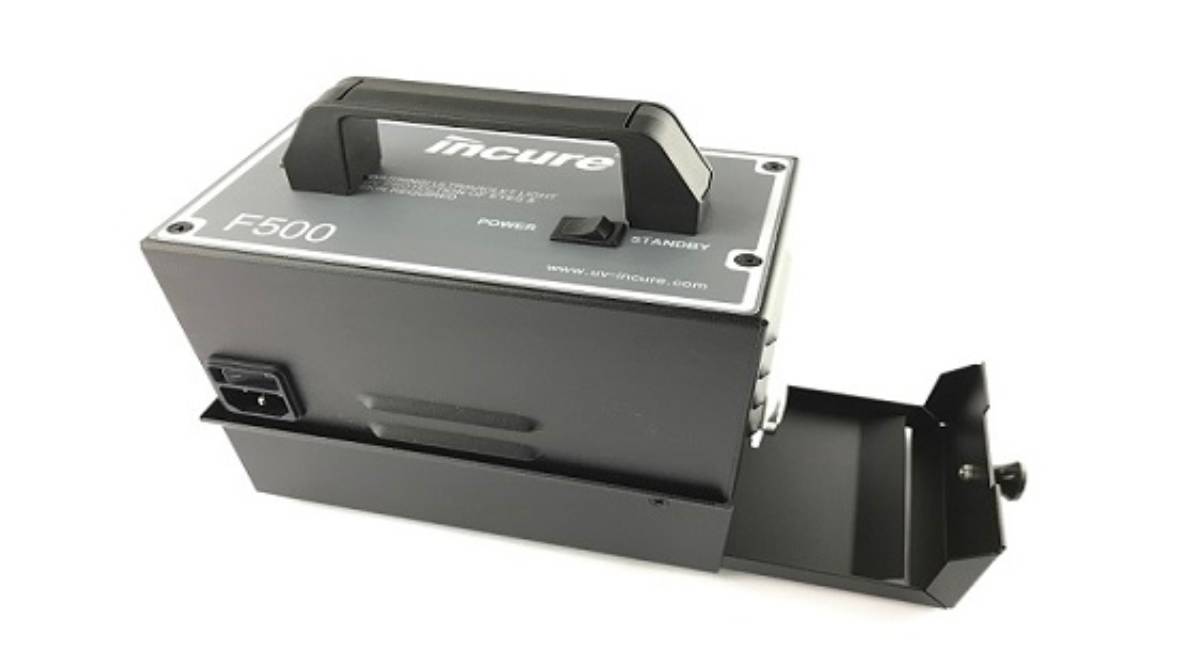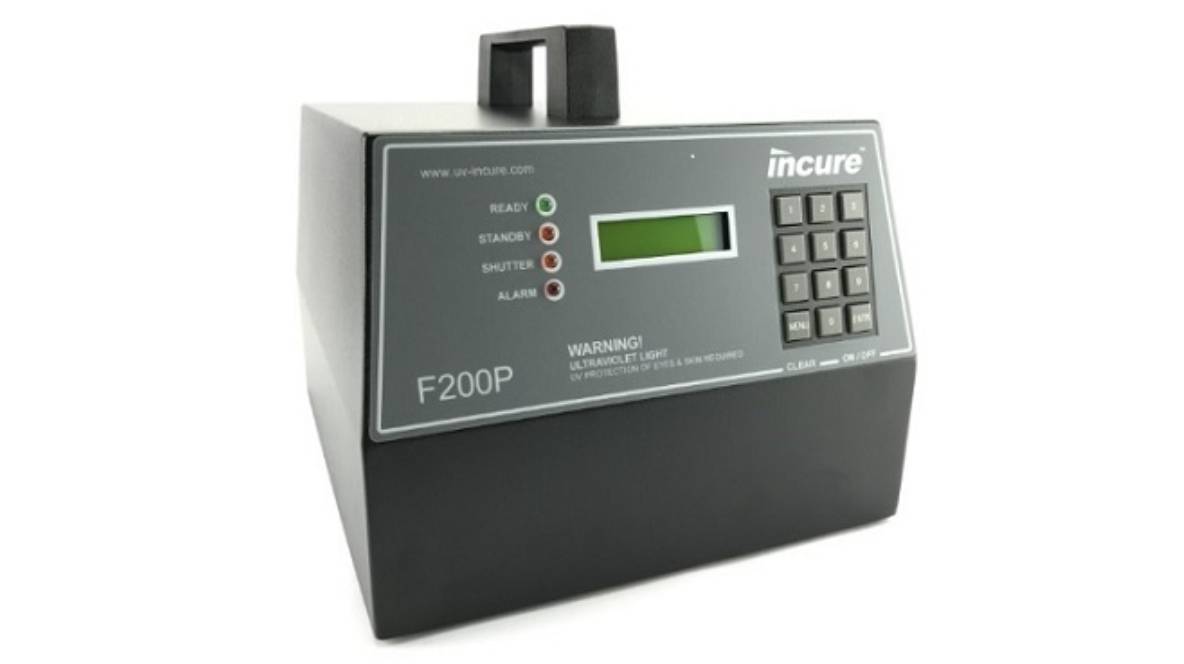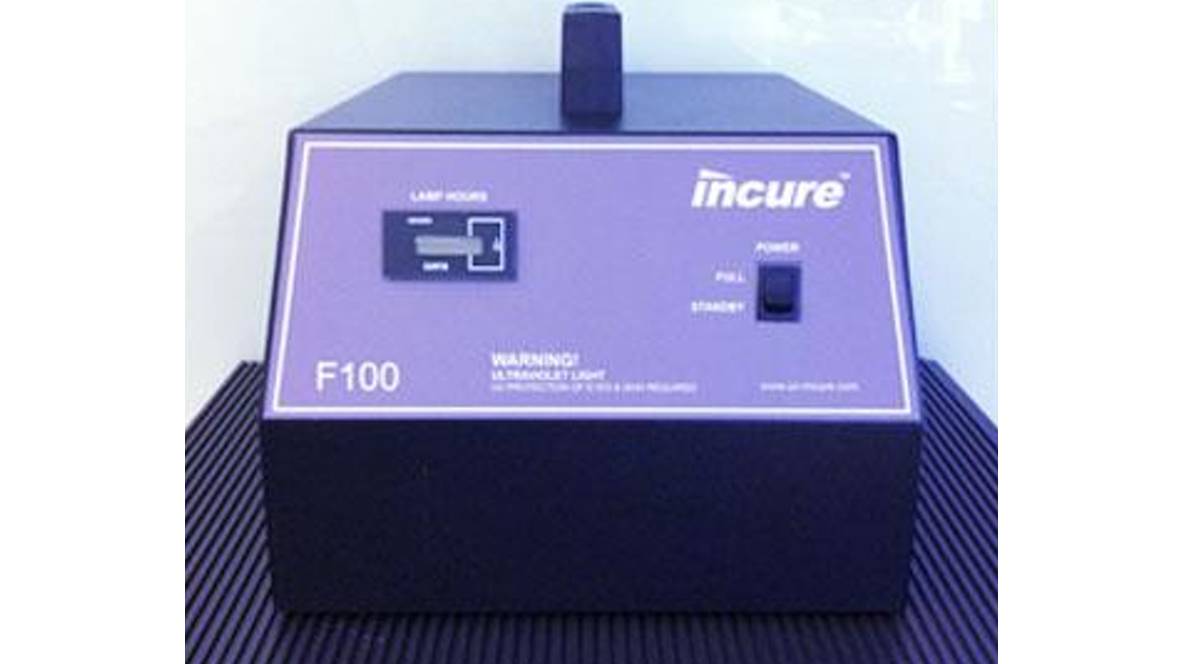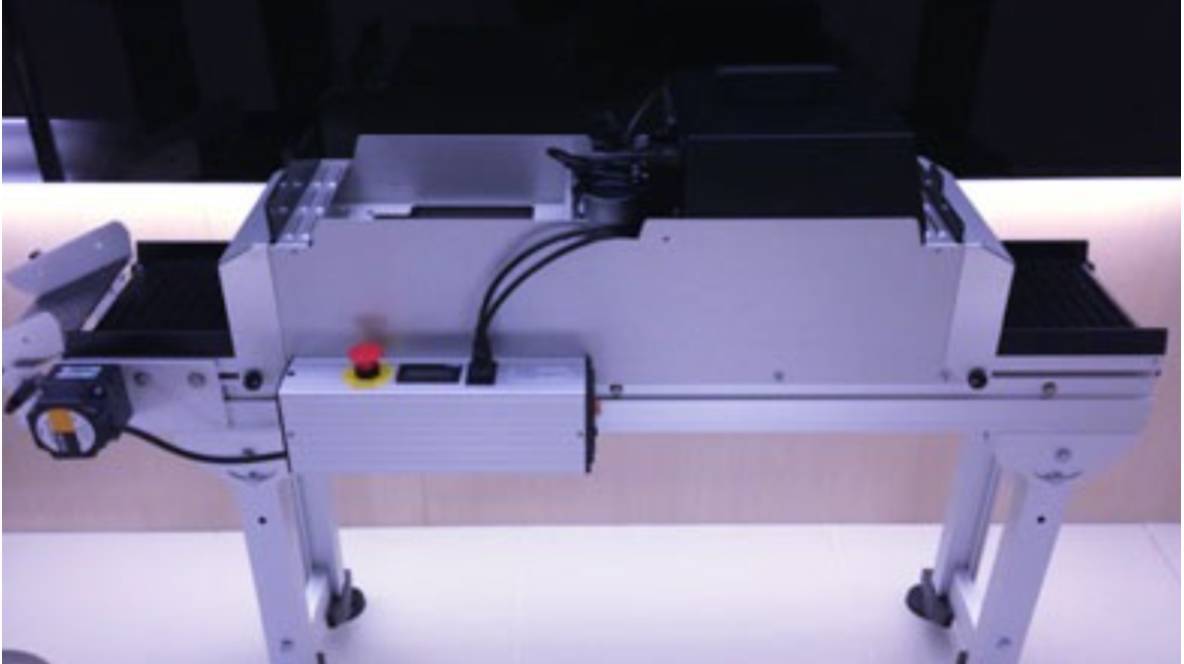A Titan of UV LED Curing for Large-Scale Applications: Unveiling the L21212
In the ever-evolving landscape of light-curable materials, manufacturers require powerful and efficient solutions to tackle large-scale curing applications. The L21212 UV LED Flood Lamp (available in 365nm, 385nm, or 405nm configurations) emerges as a game-changer, offering unparalleled curing power, exceptional coverage, and lower cost per joule. Let’s explore the advantages, diverse applications, and key factors to consider when choosing the L21212 to elevate your light-curing processes.
Advantages of the L21212 UV LED Flood Lamp:
- Lower Cost per Joule: The L21212 utilizes 144 high-power LEDs, delivering efficient light output and translating to lower energy consumption in the long run.
- Unmatched Intensity and Curing Area: With over 2,200 mW/cm2 of intensity covering a massive 12″ x 12″ curing area, the L21212 boasts the highest power and coverage in its class, ideal for large-scale curing applications.
- Versatile Wavelength Options: Available in 365nm, 385nm, and 405nm configurations, the L21212 caters to a wide range of UV/Visible light-curable adhesives and coatings used in various manufacturing processes.
- Modular Design for Flexibility: The L21212 functions effectively as a standalone unit for curing in workshops or labs. It can also be seamlessly integrated into UV chambers for controlled curing or mounted on Incure C9000 UV Conveyor Systems for high-volume production lines.
- User-Friendly Control: The L21212 offers user-friendly operation via footswitch or PLC control, allowing for programmable curing modes and precise control over the curing process.
Applications of the L21212 UV LED Flood Lamp:
- Large-Scale Manufacturing: The L21212’s exceptional curing power and large coverage area make it ideal for efficient curing of large products or multiple objects simultaneously in high-volume production lines.
- UV Chamber Integration: Seamless integration with UV chambers allows for controlled curing of large, light-sensitive materials within a contained environment.
- Conveyor System Integration: Mounting the L21212 on Incure C9000 UV Conveyor Systems streamlines the curing process for continuous production lines, maximizing throughput for large items.
- Oversized Product Curing: The L21212 effectively cures large objects or wide surfaces coated with UV/Visible light-curable adhesives, sealants, or coatings.
- Large Panel Curing Applications: The L21212 is suitable for curing large panels used in various industries, such as signage, displays, or solar panels.
Choosing the Right L21212 UV LED Flood Lamp:
Selecting the most suitable L21212 configuration requires careful consideration of several factors:
- Wavelength: Choose the wavelength (365nm, 385nm, or 405nm) that best matches the specific light-curable material you’re using.
- Application Needs: Consider your production volume, object sizes, and desired level of integration (standalone vs. conveyor system integration) when selecting a setup.
- Control Requirements: Evaluate the level of control needed (footswitch vs. PLC with programmable curing modes) to ensure optimal process management for large-scale applications.
- Ventilation Requirements: The high intensity of the L21212 might necessitate proper ventilation depending on your working environment.
- Maintenance Needs: LEDs typically offer a longer lifespan compared to traditional UV lamps. However, factor in potential maintenance considerations.
Conclusion:
The L21212 UV LED Flood Lamp offers a compelling solution for manufacturers seeking to conquer large-scale curing challenges. By understanding its advantages, diverse applications, and key selection criteria, you can determine if the L21212 is the right tool to achieve uniform cures on large surfaces, reduce operational costs, and significantly elevate your production efficiency.
Discover the perfect Incure UV Flood Curing System for fast, uniform curing of large surfaces. Click here to explore our extensive range of options or Contact Us for personalized recommendations on size and power. Visit www.incurelab.com for more information on Flood Curing benefits.

